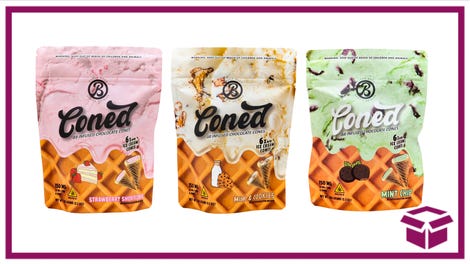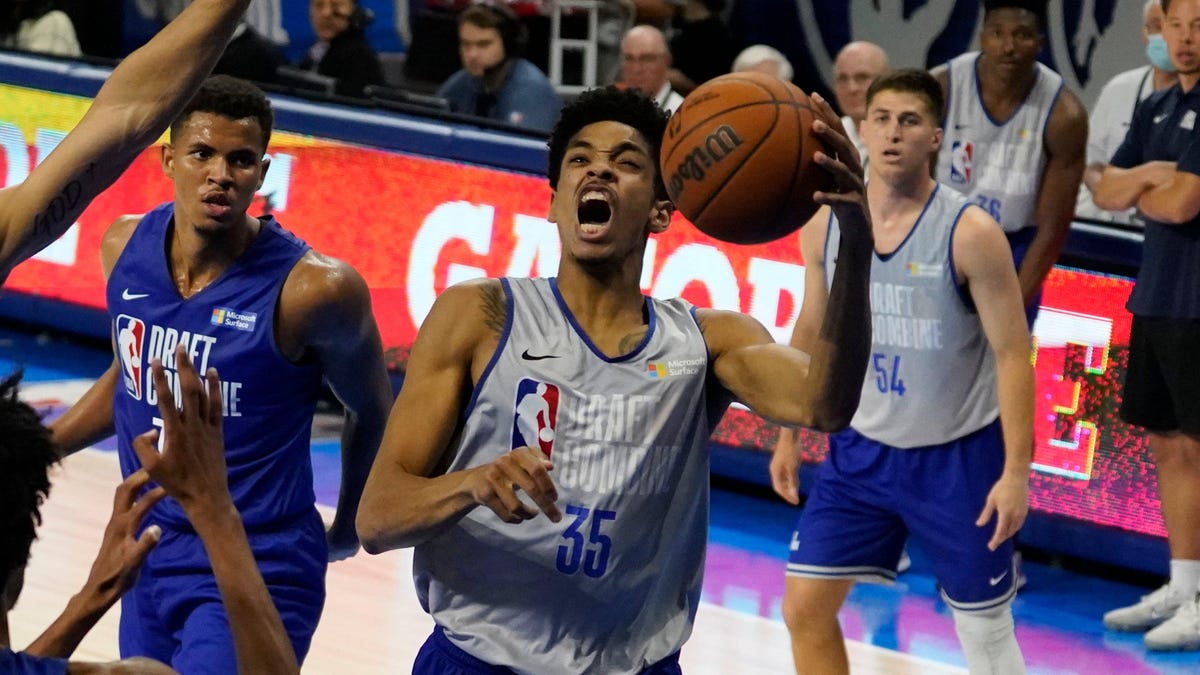The NBA’s new CBA nearly carved out a loophole which would have made the draft a choice
The annual NBA Draft Combine, hosted in Chicago, is a footnote on the offseason calendar ranking somewhere between the preseason and the Rookie-Sophomore Game in the hierarchy of trivial offseason events. The Association’s one-stop pre-draft shop for teams to screen prospects medically, conduct interviews, obtain exact anthropometric measurements, put prospects through biomechanical tests, and create an extra week of off-season buzz is a stealth operation in contrast to the meaty coverage the NFL’s combine receives because the top prospects never attend. In 2022, none of the top five picks in last year’s draft participated in the combine, which illustrated its inconsequential existence.
However, a jointly composed NBA-National Basketball Player’s Association memo obtained by ESPN figures to change that by making the Draft Combine mandatory for all invited prospects after the league’s new collective bargaining agreement is ratified before the 2023-24 league year. To discourage healthy prospects from skipping the combine entirely, the memo stipulates that eligible prospects who refuse to participate will be ruled ineligible for that year’s draft.
The meretricious debates over outdated speed, strength, and agility tests will never be as integral to player evaluations as the NFL Draft. Instead, the NBA combine agreement sprung from the league’s interest in eliminating the practice of rising prospects discouraging teams from drafting them by refusing to share their medical histories with undesirable organizations.
But the NBPA missed out on a real opportunity to enact groundbreaking change while keeping the draft intact. This memo could have been a specially carved-out loophole for top prospects to skip the annual employment draft and make their own decisions as undrafted free agents. Unfortunately, the memo also includes a segment explicitly prohibiting prospects who skip the draft combine from even being roster-eligible until the following league year. According to the memo, players without waivers due to health, or emergencies who skip the draft will be blocked until the “first subsequent draft for which the player attends and fully participates.”

BOGO 50% OFF
Baked Bags Coned Edibles
Mellow out with these grown-up treats
Baked Bags stuff 25mg of Delta-8 THC into each cone, and 100mg per “extra strength” cone. So if you’re looking to mellow out, relax, and have a good time, these treats should do the trick nicely.
Accidental genius… almost
The NBPA nearly stumbled upon a blueprint for a future where the draft is a choice and tanking is even less incentivized. A draft dodging prospect could have exploited a draft choice system by opting out of not just the combine, but excluding themselves from being selected in the draft and instead negotiating a short-term contract with their franchise of choice. It would be disadvantageous by depriving said rookies of the lucrative four-year guaranteed contracts and opulent rookie extensions that are currently enshrined in the CBA, but prosperous rookies would be eligible for a potential max extension much sooner than their drafted peers.
Think of it as the Austin Reaves vs. Cade Cunningham pathways. The No. 1 pick in the 2021 Draft is two years away from signing a rookie extension analogous to Ja Morant’s $200 million extension. Currently, Cunningham just completed the second year of his four-year $45 million extension. A risk-averse prospect would be inclined to take the guaranteed millions instead of becoming a lowly compensated undrafted free agent.
On the other hand, Reaves, who went undrafted in 2021, could receive offers as high as $100 million over four years from suitors in restricted free agency this summer.
The ancillary major changes instituted in the CBA also created an opportunity for draft-eligible high schoolers or college players who signed with professional leagues like the G League, NBL, or Overtime Elite and were thrust into the draft whether they wanted to be there or not. In the past Ignite one-and-done players such as Jalen Green, LaMelo Ball, and Dyson Daniels were drafted early so this didn’t affect them. Unfortunately, this created complications for teenage prospects whose draft stock plunged but were unable to stick around for a second season, and slipped through the cracks undrafted.
In 2021, five-star prospect Daishen Nix was forced into the draft after one season with the Ignite and met that fate. Under the new CBA, Nix could have kept his name out of the draft for at least another season. By patching up this loophole, the league anticipates it will make their invisible developmental program more appealing than the NIL-NCAA route where players are able to retain their draft eligibility for multiple seasons.
Both amendments benefit the league office by propping up the NBA’s G League Ignite program and their annual Draft Combine, but the NBPA got squeezed. They’d be much better off digging in their heels and spending the next few years between CBA negotiations creating an Andy Dufresne-sized hole for players willing to take the risk and burrow out of the draft.
Follow DJ Dunson on Twitter: @cerebralsportex
For all the latest Sports News Click Here

